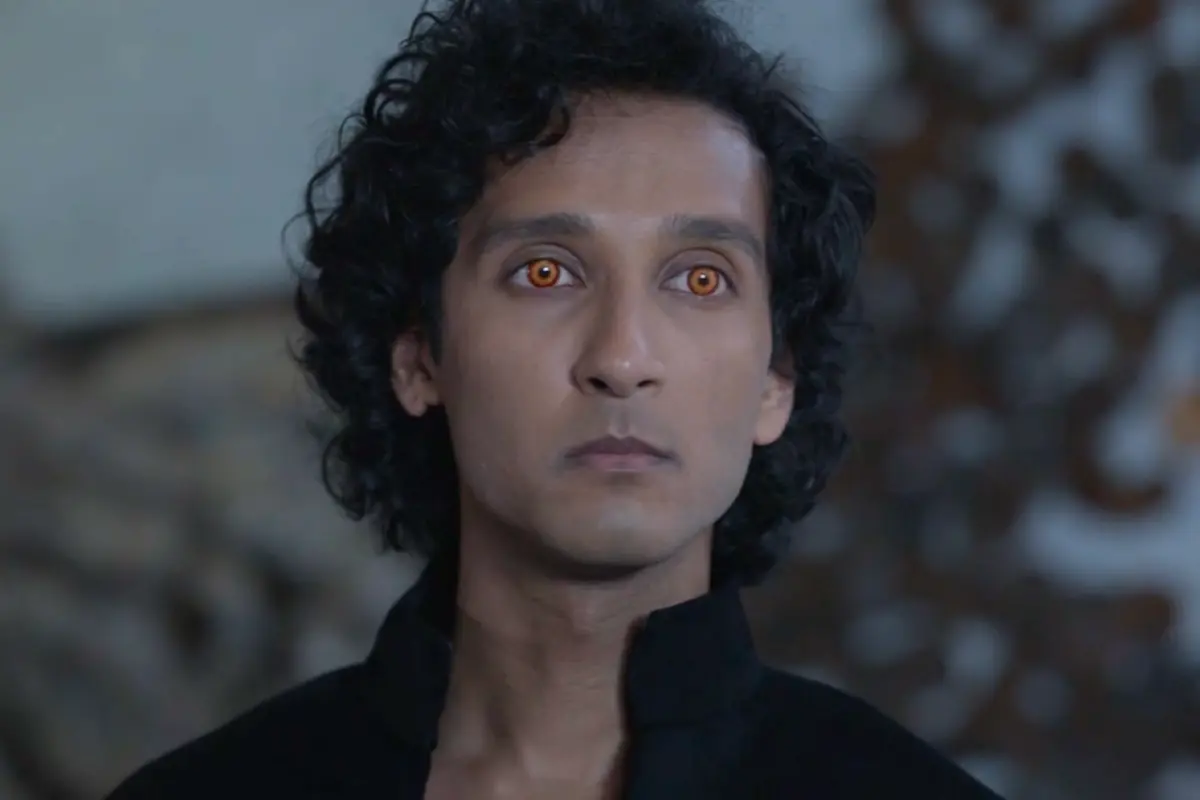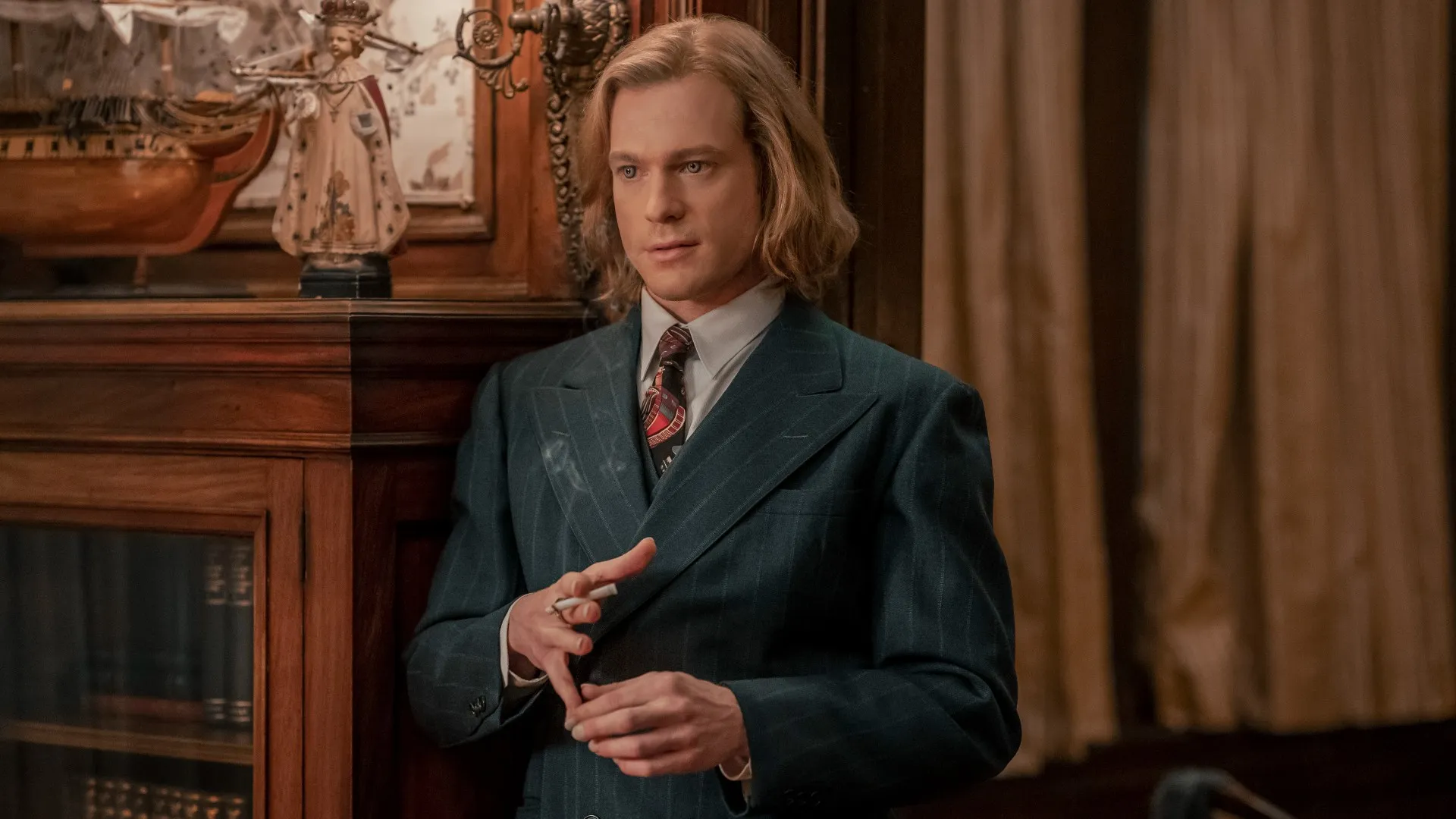AMC’s Interview With the Vampire takes a daring departure from Anne Rice’s novel, transforming the story into a toxic romance set in 1920s New Orleans. The series centers on Louis de Pointe du Lac (Jacob Anderson), a young Black man whose life changes when he meets and is turned by the charismatic vampire Lestat de Lioncourt (Sam Reid). The titular interview with Daniel Molloy (Eric Bogosian) occurs nearly a century later, framing Louis’s recollections of love, betrayal, and bloodshed in a period setting that adds new social and cultural layers to the original narrative.
Louis’s Conflicting Memories Reveal Storytelling Flaws, Manipulation, And Unreliable Recollections Throughout Season
Throughout the season, inconsistencies in Louis’s storytelling gradually emerge. The finale highlights these flaws, particularly in recounting the night he and Claudia (Bailey Bass) planned to kill Lestat and escape. Louis claims they stuffed Lestat’s body in a carpet and dumped it, but Daniel begins to dissect the story, revealing that Claudia orchestrated events more strategically than Louis admits. Flashes of conflicting memories ranging from Louis cradling Lestat’s body to moments of violence toward Claudia suggest that his account is shaped by selective memory or manipulation.

Contrary to Louis’s claims, Lestat is not dead. The finale reveals that Louis left Lestat in a locked coffin in a dump, allowing him to survive. While Louis and Claudia did leave New Orleans and commit acts of vengeance against their enemies, many details of their story are unreliable. This revelation raises doubts about other events Louis describes, including near-fatal encounters and personal confrontations, suggesting his recollections may be distorted by trauma or self-deception.
Rashid’s True Identity as Armand Reveals Decades of Manipulation and Narrative Uncertainty
One of the most pivotal twists of the season is the revelation that Rashid (Assad Zaman), Louis’s trusted assistant in the modern timeline, is actually the ancient vampire Armand. Rashid’s immortality, powers, and long-term manipulation of Louis cast a new light on the narrative. The revelation disrupts the audience’s perception of the story, showing that Louis has likely been influenced by another powerful vampire for decades, further complicating the reliability of his testimony.
The Armand twist forces viewers to question the authenticity of Louis’s story. Not only are minor details, like weather conditions or physical feats, in doubt, but major aspects of his life may have been intentionally or subconsciously altered under Armand’s influence. Louis’s unwavering devotion to Armand mirrors his past attachment to Lestat, suggesting patterns of control and manipulation that call into question the boundaries between personal memory and external influence.
The first season concludes with the recognition that Louis’s story is layered with artifice. Viewers, like Daniel, are left to discern the truth from misremembered events, manipulation, and selective recollection. The finale emphasizes that both minor and major inconsistencies accumulate to create a web of uncertainty. With Armand revealed as a key player in shaping Louis’s narrative, Season 2 promises to explore how much of the tale was genuine and how much was orchestrated, leaving the audience questioning love, loyalty, and the nature of storytelling itself.



